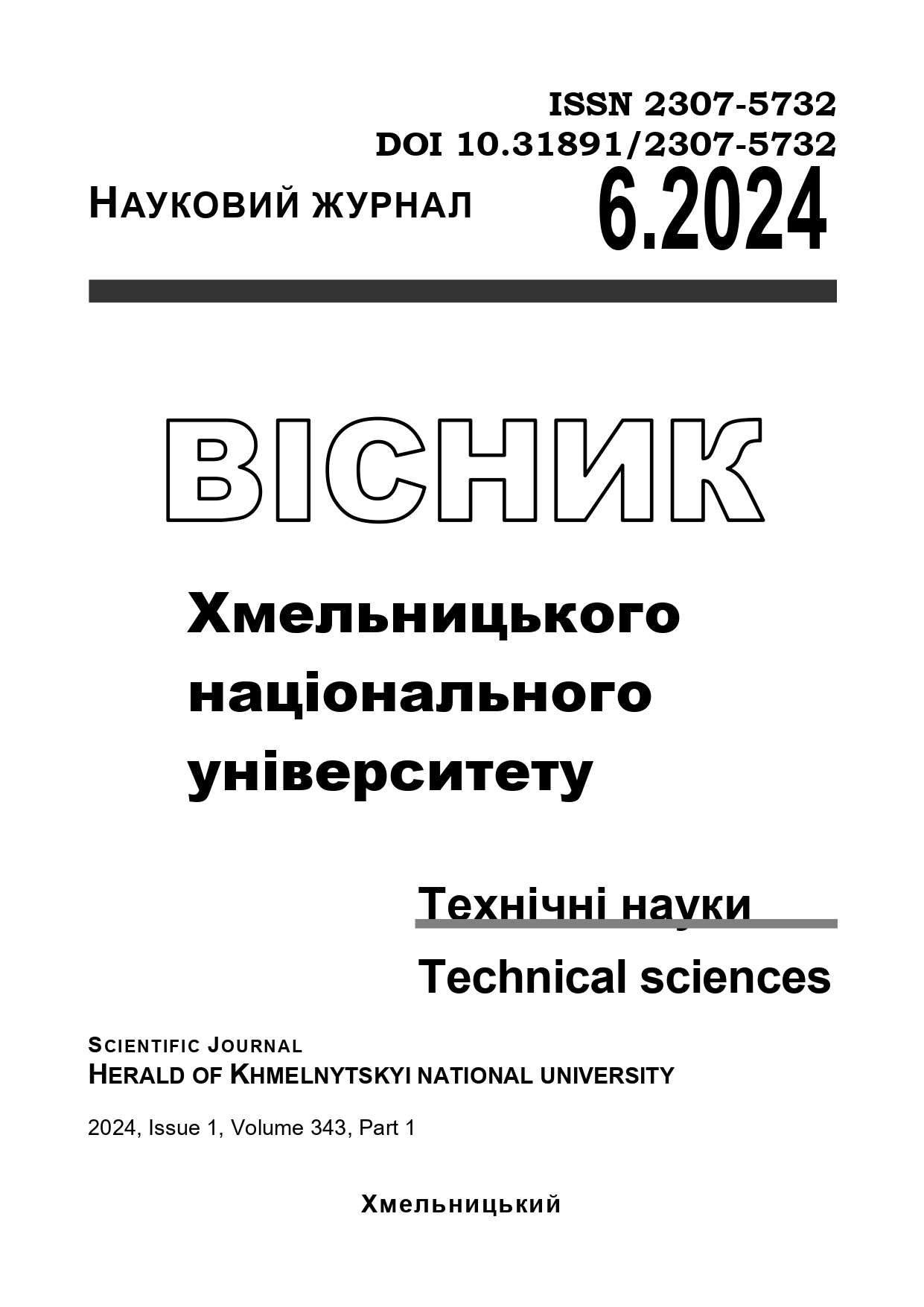ANALYSIS OF MODERN ACHIEVEMENTS IN METHODS OF CHEMICAL-THERMAL TREATMENT OF SPINDLE UNIT PARTS
DOI:
https://doi.org/10.31891/2307-5732-2024-343-6-25Keywords:
surface, chemical-thermal treatment, method, wear resistance, spindle unitAbstract
The paper presents the results of studies of modern methods of chemical-thermal treatment of spindle assembly parts. It has been determined that the wear resistance of spindle assembly parts is a determining factor for ensuring the accuracy and reliability of the mechanism, especially during high-speed processing. Since wear resistance is a critical indicator for spindle assemblies, its increase has a direct impact on the accuracy, reliability and stability of the mechanism, which is especially important under high-speed processing conditions. The possibilities of chemical-thermal treatment, in particular methods such as thermal oxidation, nitration, carbonization, allowing the formation of a protective layer on the surface of parts, significantly increasing their wear resistance, have been studied. Studies show that thermal oxidation of titanium alloys promotes the formation of an oxide layer, which increases hardness and wear resistance even under high-temperature conditions, which is critical for the durability and stability of spindle assemblies. Ion nitriding methods, enriching the surface with nitrogen in low-temperature plasma, allow achieving increased strength and rigidity of parts without the risk of surface deformation. Additionally, the article discusses carbonization technologies that increase wear resistance and impact toughness of steel parts, as well as new approaches such as combined methods. It is determined that the use of chemical-thermal treatment is a necessary stage in the production of spindle assemblies, since it not only increases wear resistance, but also contributes to an overall increase in the service life and reliability of parts, reducing maintenance costs. The importance of optimizing the parameters of the processing process and the need for further research in this area to create new, more effective technologies for strengthening surfaces are established. The use of chemical-thermal treatment, in particular combined methods, can significantly increase wear resistance due to the formation of a protective layer on the surface of parts. This helps to increase their durability and productivity, ensuring stable operation of the mechanism.

